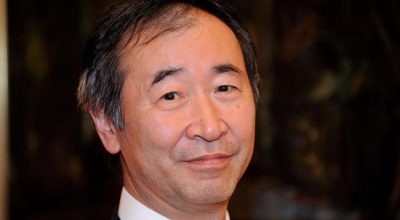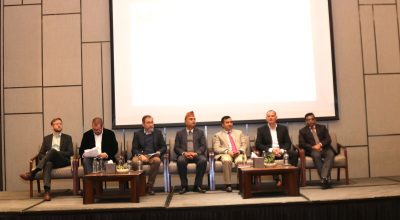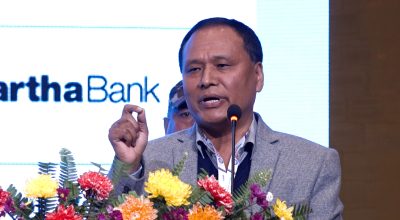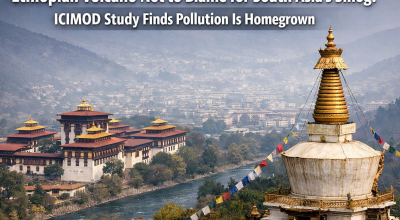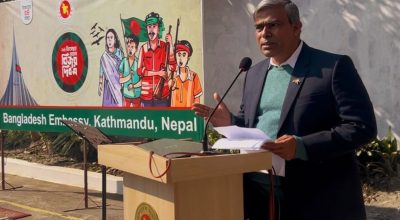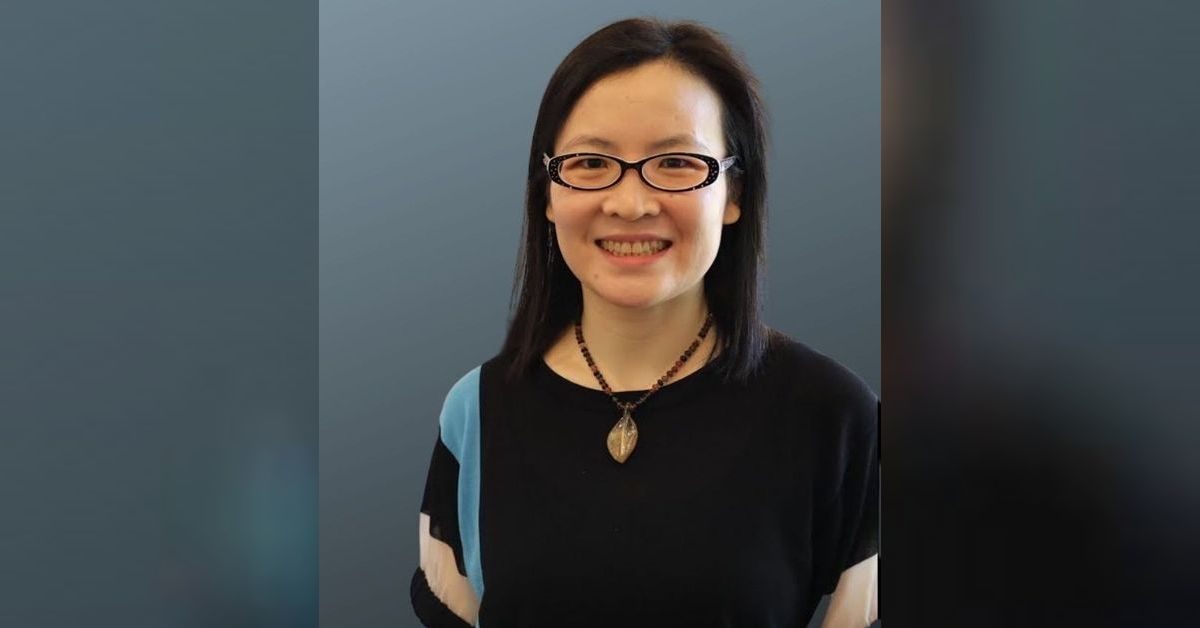
WASHINGTON, DC – When President Joe Biden took office in 2021, his first message to the rest of the world was: “America is back.” Having assumed his third term as general secretary of the Communist Party of China (CPC) in October, President Xi Jinping appears to be issuing a similar proclamation.
Over the past two months, China’s leadership has announced or signaled a series of major policy reversals, abruptly ending nearly three years of severe zero-COVID restrictions, easing the crackdown on tech companies and the real-estate sector, reaffirming its commitment to economic growth, and extending an olive branch to the United States at the G20. With the world’s second-largest economy apparently re-opening its doors for business, investors are reacting with enthusiasm.
But, while China’s pro-business reset certainly bodes well for international trade and global peace and stability, putting the Chinese economy on the right track will require more than just a reversal of recent policies. What is really needed is bringing pragmatism and honest feedback back into the political system. As I showed in my book How China Escaped the Poverty Trap, these attributes defined China’s famously adaptive governance during the Deng Xiaoping era.
There is a common misperception that the “China model” means top-down control by a strong, authoritarian government, flanked by muscular state enterprises. In fact, 30 years of poverty and suffering under Mao Zedong proved that the combination of top-down planning, state ownership, and political repression was a recipe for failure. That is why Deng quietly introduced a hybrid system that I call “directed improvisation.” The CPC remained firmly in power, but the central government delegated authority to numerous local authorities across China, and, at the same time, liberated private entrepreneurs from state controls.
Playing the part of a director rather than a dictator, the government in Beijing defined national goals and established appropriate incentives and rules, while lower-level authorities and private-sector players improvised local solutions to local problems. In practice, a wide variety of local “China models” emerged, delivering transformative innovations from the bottom up, often in ways that surprised central authorities. The rise of the digital economy is one example.
Since ideas must come before action, Deng made sure that he first changed the CPC’s own mindset and norms. In his historic December 1978 speech launching China’s era of “reform and opening up,” he made “emancipating the mind” a top priority for the party. Under Mao, people dared not speak the truth, for fear of severe punishment, creating a chilling political climate that gave rise to disastrous policies like the Great Leap Forward. But under Deng, the new imperative was to “seek truth from facts.” Policies should be chosen because they improved people’s welfare, not because they were politically correct.
Deng’s hybrid system – top-down direction combined with bottom-up autonomy – has been overlooked both by Western China hawks and by Xi’s own leadership. When Xi came to power, he favored a different story about China’s success, celebrating the “institutional advantage” that a top-down command system supposedly has over Western democratic capitalism.
To be sure, a top-down approach yielded impressive results during the initial COVID-19 outbreak. Through mass testing, strict containment, and other measures that could be maintained only under a strong, authoritarian government, China achieved near-zero infections and deaths from 2020 through 2022. Xi embraced zero-COVID as one of his signature achievements, declaring as recently as the October National Congress that China would stick to the policy “without wavering.”
But then events took a rapid, unexpected turn. Exasperated with endless lockdowns, Chinese citizens from various walks of life poured into the streets in protest, forcing Xi to change his position. But the sudden reversal of the zero-COVID policy has led to a massive surge of cases and hospitalizations with which China will continue to struggle for some time.
Xi and his team are eager to put the pandemic behind them and restore business confidence. Relaxing economic regulations and ending pandemic controls have indeed buoyed capital markets. Moreover, after COVID-19 infections peak, domestic consumption is likely to come back with a vengeance (flight bookings already jumped several-fold immediately after quarantine requirements for travelers were lifted), and manufacturing and logistics will return to normal. The central government has also pledged additional infrastructure spending to boost growth.
But for the new economic terrain to bear fruit over the longer term, Xi needs to reopen the political system’s feedback channels. That means setting a personal example and making clear to party-state officials that he genuinely wants them to report the realities on the ground. That will not happen if, in practice, truth-tellers are silenced and propagandists are elevated.
The government also needs to give civil society and the media more space. It is short-sighted and ultimately self-defeating to think that quashing free speech will strengthen the CPC’s hold on power. Without a regularized system of policy feedback, governance suffers, leading to the kinds of mass protests that exploded in November and eroding the CPC’s performance-based legitimacy.
Yet another problem with Xi’s top-down approach is that it will leave investors wondering when China might pivot again. Over the past decade, Xi has repeatedly proclaimed a devotion to various “reforms,” only to do the opposite. Empowering officials with track records of pragmatism and candor would go a long way toward reassuring markets. Changing the political system’s criteria for recruitment and promotion would speak louder than mere slogans.
Finally, China’s leadership should recognize that the overarching goal of tackling the country’s “Gilded Age” problems, such as curbing speculative investment in real estate and protecting the rights of delivery workers in e-commerce, was not wrong. Previous policies backfired because they were implemented arbitrarily, leaving businesses nervous that the party could change them at any time. Xi and his circle must practice transparency and consultation in their policymaking, rather than simply abandoning the pursuit of inclusive development.
China accumulated ample experience in adaptive governance between the late 1970s and the early 2010s. But by the time Xi came to power in 2012, Deng’s economic model had reached its limits and had begun to produce unsustainable levels of corruption, inequality, debt risks, and environmental pollution. Still, the solution can never be a return to Maoism. Rather, China needs to bring “directed improvisation” into the twenty-first century.
© Project Syndicate 1995–2023





